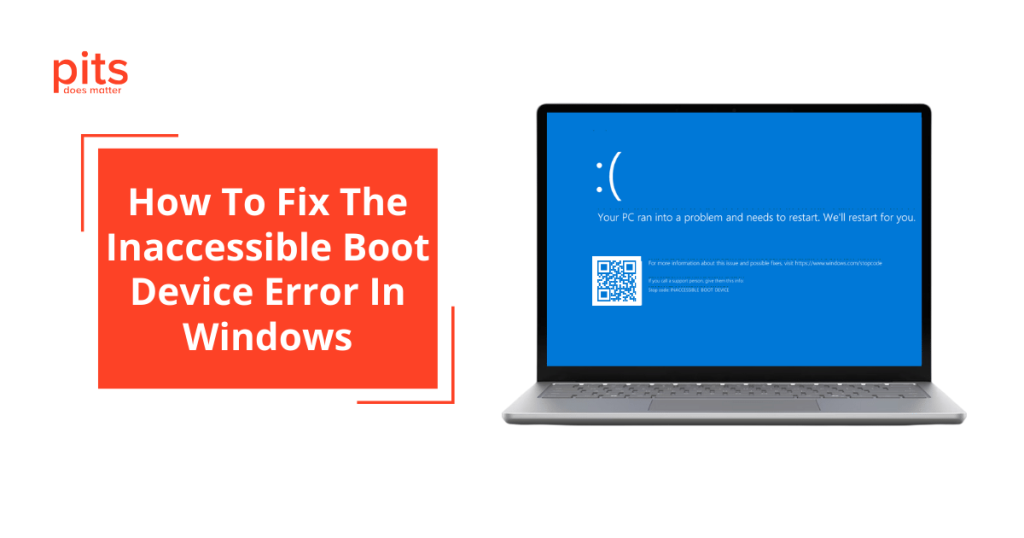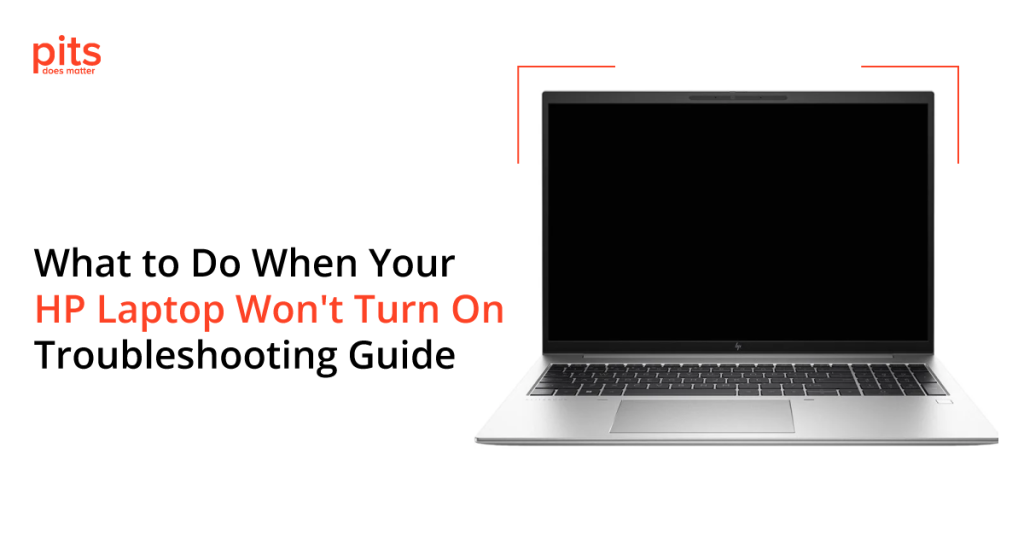SD cards have emerged as a crucial storage medium for a diverse range of devices, such as cameras, smartphones, and tablets. Nevertheless, there may arise situations where formatting an SD card becomes necessary to enhance its performance or address any issues. The process of formatting an SD card is instrumental in ensuring its dependability, compatibility, and durability. This blog delves into the concept of formatting an SD card, elucidates the step-by-step procedure of formatting, and highlights the potential risks associated with the process.
What is Formatting an SD Card?
The act of formatting an SD card pertains to the procedure of configuring the storage medium for utilisation with a designated file system. This process necessitates the deletion of all data and the establishment of a novel file system structure, thereby facilitating the efficient storage of files. Essentially, formatting an SD card entails resetting it to its original factory settings, thereby eradicating any pre-existing data or partitions.
How To Format an SD Card?
Prior to commencing the formatting process, it is imperative to acknowledge that the action of formatting an SD card will result in the permanent deletion of all data stored on the card. Consequently, it is of utmost importance to create a backup of any pertinent files prior to initiating the formatting procedure. In this article, we provide a comprehensive, sequential guide on how to format an SD card.
Risks of SD Card Formatting
Data loss is a well-known consequence of formatting an SD card, as previously stated. It is imperative to take precautionary measures by backing up crucial files to avoid irreversible data loss.
Incompatibility of file systems can also lead to adverse outcomes when formatting an SD card, rendering it unusable or unreadable on specific devices. It is crucial to select a compatible file system based on the device’s specifications to prevent such occurrences.
Physical damage or corruption of the SD card can result from mishandling or premature removal during the formatting process. It is essential to adhere to recommended procedures and handle the card with utmost care to avoid such outcomes.
Tips for Safe SD Card Formatting
In order to prevent data loss, it is recommended to back up any crucial files before formatting an SD card. It is also important to verify the recommended file system for the device and select the appropriate formatting option to ensure device compatibility. Excessive formatting can reduce the lifespan of an SD card, therefore it is advised to only format the card when necessary or if persistent issues arise. When formatting an SD card on a computer, it is recommended to use trusted software or the built-in formatting tools provided by the operating system. To ensure data integrity and prevent potential damage, it is crucial to always eject the SD card properly from the device or computer before physically removing it. By following these guidelines, one can safely format their SD card, ensuring its longevity and usability. It is important to exercise caution throughout the process and to back up important data to prevent any potential risks. Properly formatted SD cards c
We’re Here to Help
Our experienced team is committed to helping you recover your critical data. No matter the situation, we work diligently to ensure the best possible outcome. Take action now and let us restore what’s important to you.
Start Recovery Process
"*" indicates required fields


